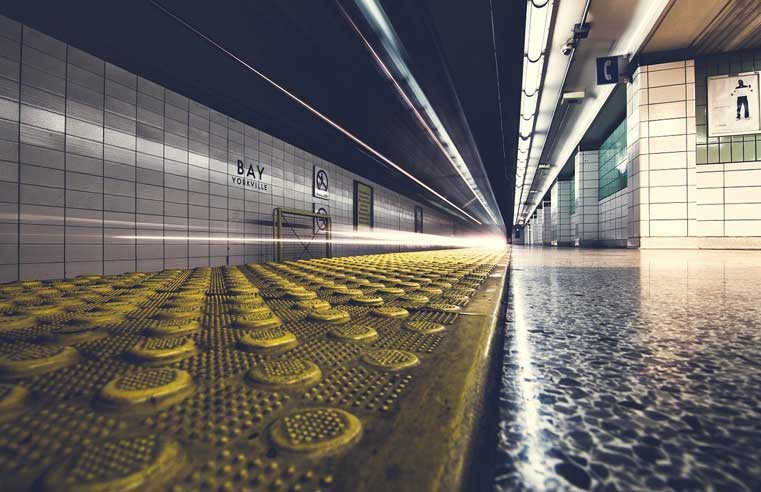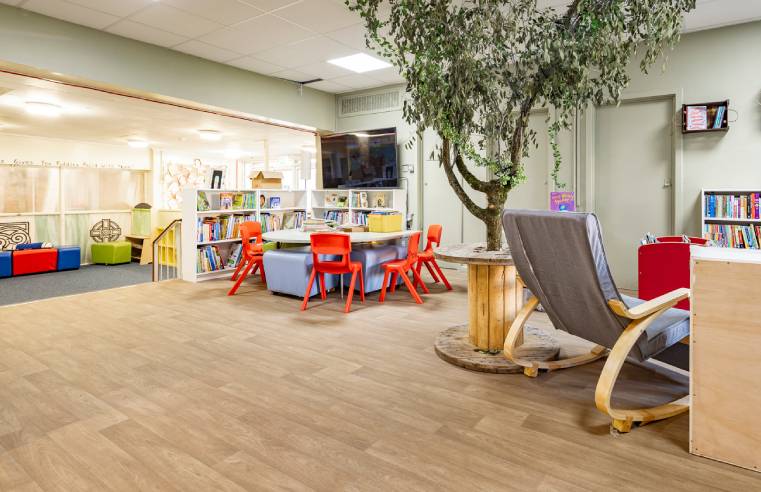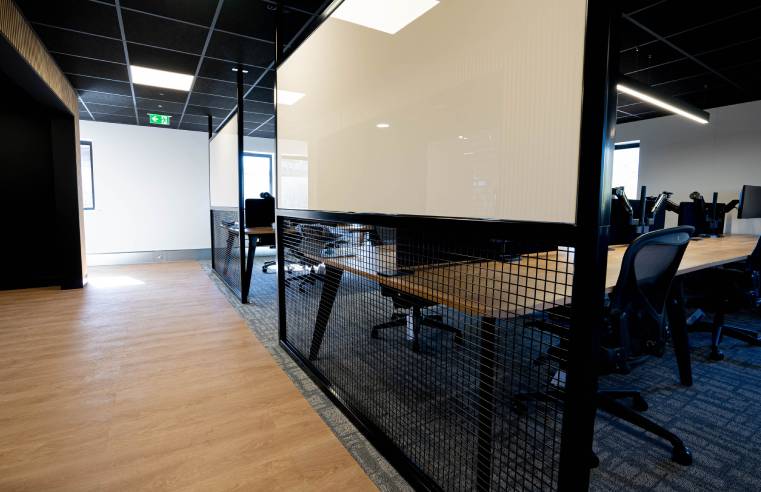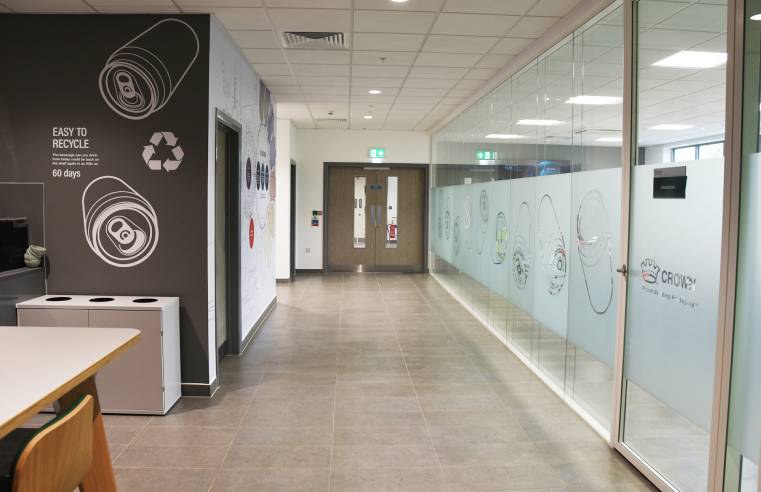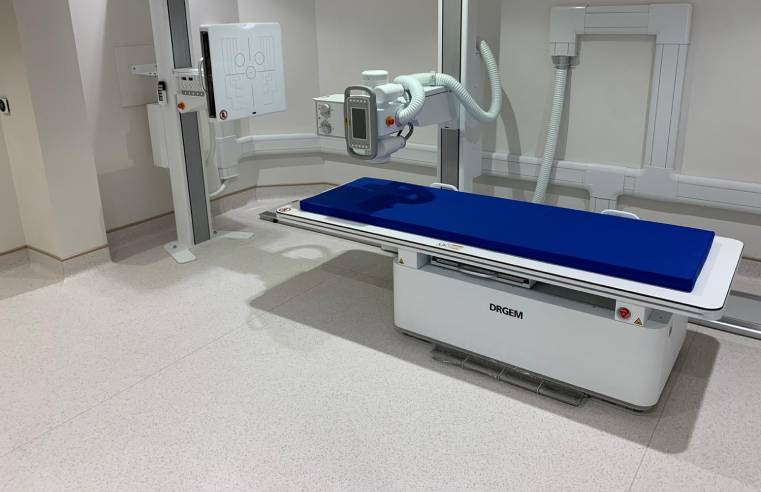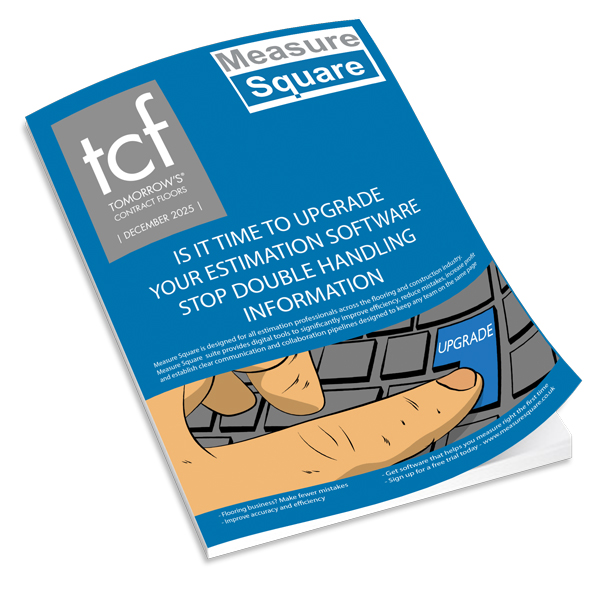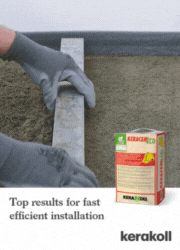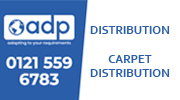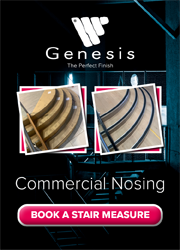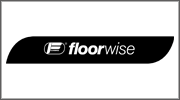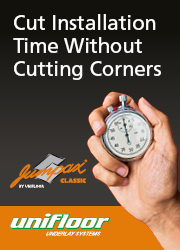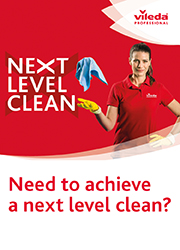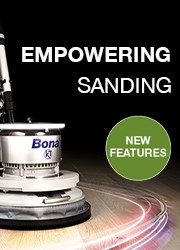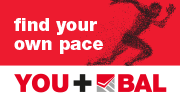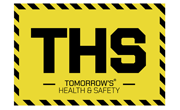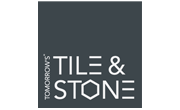Barry Crackett, Product Designer at brushware manufacturer Brushtec, outlines his do’s and don’ts of cleaning rubber flooring to preserve its lifecycle.
Rubber studded flooring is the perfect option for hospitals, schools and catering kitchens. As well as being a hygienic solution, it is also a durable choice for any business which deals with high volumes of footfall, heavy machinery, and power tools.As rubber is specified in more and more settings, it’s important to know how to clean and maintain it to increase its longevity and maintain its properties.
Protect your flooring from the get-go
Before the rubber flooring has a chance to get dirty, it’s necessary to consider how it can be preserved. This can be something as simple as adding a specialist protective sealant that will not only add shine, but it’ll also increase water resistance and longevity too.
Additionally, you should also look at what material the subfloor is made of, as this can indicate potential issues that can be prevented. For example, if the subfloor is made from plywood, it can rot if too much water comes into contact with it, so it will be worth adding a moisture-absorbing barrier between the two flooring layers.
Use dust mats to reduce dirt and debris
One of the main problems when it comes to cleaning rubber studded flooring is the amount of dust, dirt and debris from footwear and equipment that manages to mould itself around the grooves of the studs. Clearing these particles away before you get down to deep cleaning will reduce the likelihood of your floors getting scratched, so your floors will look better for longer.
While you can simply do this with a vacuum or sweeping brush, it’s a good idea to install dust mats at the entrances to any space which could be a portal for dirt and dust getting in. These mats use specialised cotton fibres to encourage dust and dirt particles to stick to the mat and stop these things from being traipsed in and trodden into your flooring. Plus, they will also absorb moisture, reducing the chances of your floors accumulating mould.
Get professional-standard equipment and supplies
Once you’ve removed all the dirt and debris, the deep cleaning process can begin. Despite rubber being durable and easy to clean, there are some rules to stick to. For industries, such as healthcare, which require significantly high levels of hygiene, professional-standard supplies and equipment will be necessary.
A mechanical cleaning brush will ensure the deepest clean, as they can reach smaller crevices that might be missed by the naked eye. These cleaning solutions could range from a walk-behind scrubber for small–medium spaces, or a ride-on scrubber for larger areas. Once the right machinery has been selected, add a solution of PH neutral cleaning and warm water into the machine to ensure floors are clean and gleaming. Using anything that is too acidic or acetone-based can damage the PU layer of the flooring and make the rubber as a whole deteriorate quicker.
When the wet clean has been completed, make sure to wipe away any excess water that’s sitting on the surface with a cloth or paper towel to prevent mould and rot.
Establish an appropriate cleaning schedule
For best long-term results, I recommend giving your rubber studded flooring a light clean every day. This should always begin with a quick vacuum or sweep to remove any dirt particles and then following it up with a wet clean from a mop — just make sure you change the water throughout to prevent the spread of germs.
In addition to this, the floor should be deep cleaned with a brush machine periodically, but how often this is done can depend on the setting and use of the space it is used in.





